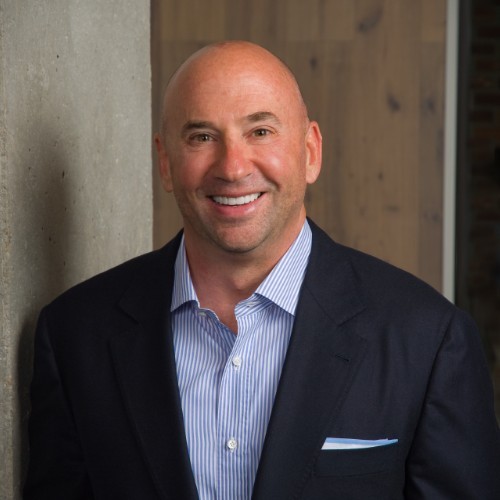Feb 18
2021
How To Use Innovative Tech To Break Down Barriers Between Providers and Patients
By T. Scott Law, founder and CEO, Zotec Partners.

We’re living in a world where consumers demand more from every transaction. Exceptional service is no longer a nice-to-have — it has become the status quo. Whether it’s a traveler paying for an Uber through an app or a patient receiving emergency department service, people want and have come to expect great service.
The healthcare industry is working to quickly adapt and meet these expectations as they come, often leading to a disheartening or unpleasant experience for patients. Why? There are complex infrastructure challenges in healthcare.
For example, consider the patient billing process: It may have stumbling blocks that can lead to friction, such as surprise at the final price when the medical bill arrives, limited bill payment options, insurance denials, or reduced coverages. These problems tend to come after patients receive clinical care, adding more stress on top of an already stressful situation. Essentially, people receive the care and treatment they deserve but could feel blindsided later because of a lack of price transparency.
That said, providers may not be in a position to have patient-focused financial conversations at every point of the journey from pre-registration through post-discharge. Often, providers are just as in the dark about what a procedure may ultimately cost patients out of pocket because data often is siloed within different systems. And even when those systems try to communicate, they don’t necessarily speak the same “language.”
Is the task of reinventing American healthcare billing a major undertaking? Sure. But improving the patient experience is still doable. It just requires every entity involved — from third-party payers to insurance companies to physicians’ offices — to treat patients while considering their perspectives and needs.
How to Overcome Barriers in Healthcare
Tackling this challenge now is key for a few reasons. First, providers will be able to more clearly empower patients to make the best decisions for themselves and their families. When healthcare providers operate with patient needs in mind, consumers feel less confused, more curious, and better equipped to make crucial health decisions.
Providers that offer simple billing and upfront costs analyses may also reduce patient noncompliance and nonpayment. When patients understand their financial obligations before receiving services, they can make better choices and plan ahead. The result? Healthcare providers will be able to stay in business and thrive.
With the advantages of taking a more patient-centered approach in mind, healthcare providers can take steps to make that approach a reality.